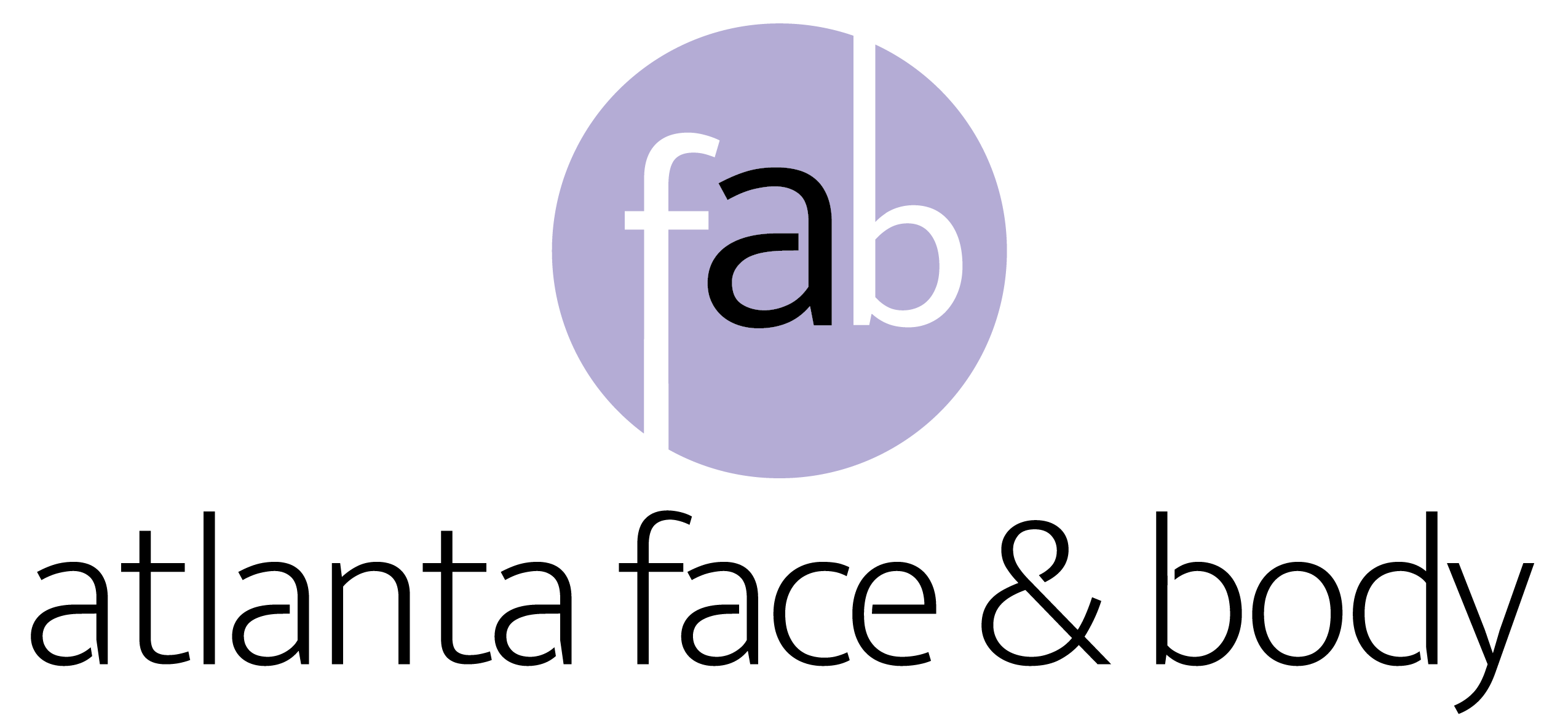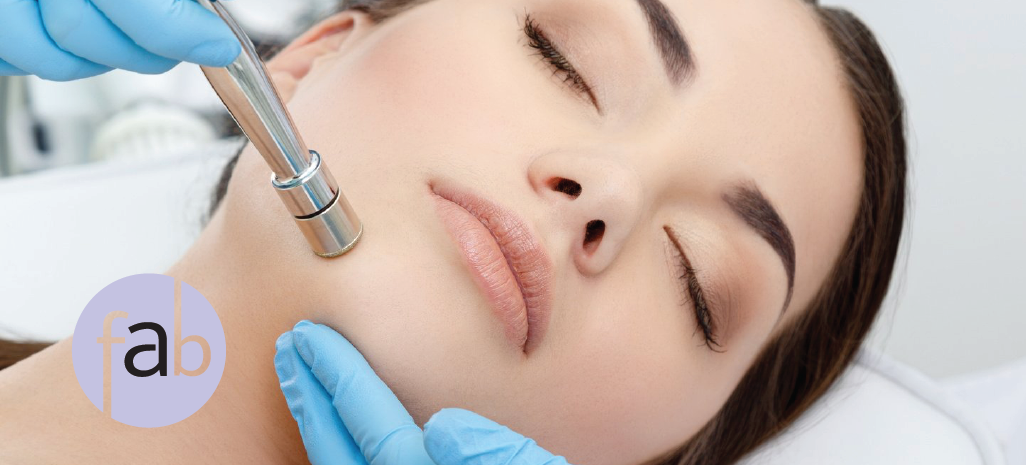Many of us are looking for ways to improve how our skin looks without taking drastic measures. That’s where non-invasive skin rejuvenation procedures can come in.
Microdermabrasion vs microneedling – two power players in the world of skin rejuvenation. If you’ve ever wondered about the best path to a radiant complexion, buckle up as we dissect the key differences between these transformative treatments.
Read on to find out microdermabrasion vs microneedling.
What is Microdermabrasion?
Microdermabrasion is a non-invasive skincare treatment. It’s used to improve the texture and appearance of the skin.
During microdermabrasion, a machine is used to spray tiny crystals onto the skin’s surface, which are then suctioned back up along with the exfoliated skin cells.
Microdermabrasion is often performed on the face but can also be used on other areas of the body.
How Does Microdermabrasion Work?
Before the procedure begins, the skin is usually cleansed. That removes any makeup, oils, or other substances. Some practitioners may use topical numbing cream. That helps reduce discomfort during the procedure.
Microdermabrasion is typically performed using a specialized handheld device. There are two major microdermabrasion types.
With crystal microdermabrasion, a device emits fine crystals, such as aluminum oxide or sodium bicarbonate, onto the skin’s surface. The leftover crystals, along with dead skin cells, are then sucked up.
Instead of crystals, the diamond-tip method uses a diamond-tipped wand to manually exfoliate the skin. The dead skin cells are simultaneously suctioned away.
Microdermabrasion Aftercare
Proper aftercare following a microdermabrasion treatment is essential to promote healing, minimize potential side effects, and ensure the best results.
Apply a gentle, hydrating moisturizer to your skin post-treatment. This helps replenish moisture and soothe the skin. Look for something that is fragrance-free and specifically formulated for sensitive skin.
Sun protection is crucial after microdermabrasion. Your skin will be more sensitive to the sun’s harmful rays, so apply a broad-spectrum sunscreen with at least SPF 30. Avoid direct sun exposure, and consider wearing a wide-brimmed hat if you need to be outdoors.
Avoid using harsh skin products for at least a few days after the procedure. Examples include products containing retinoids, glycolic acid, or benzoyl peroxide. Stick to mild, non-irritating products to prevent any further irritation.
If your microdermabrasion provider gives different instructions, follow what they say – they know your skin and experience, after all.
Microdermabrasion Benefits
Microdermabrasion offers several benefits for the skin, making it a popular cosmetic procedure.
The procedure removes the outer dead skin cell layer, promoting exfoliation. This helps to reveal fresher, more youthful-looking skin. It can improve your skin’s texture.
The exfoliation process can lead to a more even skin tone and smoother texture. It is effective in reducing the appearance of fine lines, wrinkles, and superficial scars.
The mechanical exfoliation involved in microdermabrasion can stimulate the production of collagen and elastin. Those are essential proteins that contribute to skin elasticity and firmness. This can make your skin look younger and plumper.
After microdermabrasion, your skin will be better-able to absorb skincare products. With the outer dead skin cell layer removed, topical treatments, moisturizers, and serums can penetrate the skin more effectively, maximizing their benefits.
Microdermabrasion can be helpful for people struggling with mild acne. It can unclog your dirty pores and reduce the appearance of acne lesions. It may also help in minimizing the appearance of superficial acne scars.
This procedure is generally safe and suitable for various skin types and tones. It is a versatile option for individuals looking to improve their skin without the potential risks associated with more aggressive treatments.
Microdermabrasion sessions are typically relatively quick. They often last 30 minutes to an hour. That makes it a convenient option for those with busy schedules.
Cons of Microdermabrasion Services
While microdermabrasion is generally considered a safe and low-risk procedure, it’s important to be aware of potential drawbacks.
Microdermabrasion is more suitable for addressing mild to moderate skin concerns. It may not be as effective for deep wrinkles, severe acne scars, or significant skin sagging.
The results of microdermabrasion are typically temporary. While the procedure can improve the appearance of the skin, multiple sessions may be required to maintain the effects over time.
Some people may notice temporary redness, irritation, or sensitivity. This is usually mild and short-lived. It’s important to follow post-procedure care instructions to minimize these effects.
People with certain skin conditions may not be suitable candidates for microdermabrasion. These could include things like active rosacea, eczema, or dermatitis. The procedure can exacerbate these conditions or cause discomfort.
Microdermabrasion Cost
The cost of microdermabrasion can vary widely depending on several factors, including your location, the provider’s experience, and the specific type of microdermabrasion treatment being offered. In general, the cost can range from around $75 to $200 per session.
There are different types of microdermabrasion. These could include traditional crystal microdermabrasion and newer techniques like diamond-tip microdermabrasion. The type of technology used can impact the cost.
Microdermabrasion is generally more affordable than some other cosmetic procedures. But, the cost can add up if multiple sessions are required for optimal results.
What is Microneedling?
Microneedling is a procedure that uses a specialized skincare device with fine needles to create micro-injuries in the skin.
These micro-injuries stimulate the body’s natural wound-healing process, leading to increased collagen and elastin production. The goal of microneedling is to improve the general texture, tone, and appearance of your skin.
How Does Microneedling Work?
Before the microneedling procedure, the skin is cleaned. Numbing cream is used to keep the procedure painless.
The microneedling device can take various forms, including a roller or a motorized pen. These devices are equipped with fine needles. The choice of needle length depends on the specific skin concerns being addressed and the area of the face or body being treated.
The practitioner moves the microneedling device over the skin, and as it makes contact, the fine needles create controlled punctures or micro-channels in the skin. These micro-injuries are tiny. They’re typically not visible to the naked eye.
The micro-injuries created by the needles trigger your body’s wound healing response. That includes new collagen and elastin production, which are essential proteins for maintaining the skin’s structure, firmness, and elasticity.
The increased collagen and elastin production contribute to the improvement of various skin concerns.
Over the following weeks, as the skin heals, there is a gradual improvement in the overall texture, tone, and appearance of the treated area. This can result in a reduction of fine lines, wrinkles, acne scars, and other skin imperfections.
Microneedling Aftercare
Like with microdermabrasion, you should avoid harsh products and the sun after undergoing microneedling.
Avoid wearing makeup for at least one day post-microneedling. This allows your newly rejuvenated skin to breathe and reduces the possibility of irritation or infection.
Drink plenty of water after your procedure to stay hydrated, which is essential for overall skin health and healing.
Skip intense physical activities and workouts for at least 24 to 48 hours after microneedling. Sweating can irritate the treated skin, and the goal is to keep the area clean and free from additional stress during the initial healing period.
Avoid hot showers, baths, saunas, and steam rooms for a few days after microneedling. Hot water can increase inflammation and irritation.
Your skincare professional will provide specific post-treatment instructions. Follow these carefully to ensure optimal results and minimize the risk of complications.
Benefits of Microneedling
One of the primary advantages is its ability to stimulate the production of collagen and elastin, essential proteins that provide structural support and elasticity to the skin.
As the tiny needles create controlled micro-injuries, the body’s natural healing response is activated, leading to an increase in collagen and elastin production. This process contributes to firmer, more resilient skin, helping to lower the visibility of fine lines and wrinkles.
Beyond its anti-aging effects, microneedling is valued for its versatility in addressing various skin concerns. The procedure is effective in improving overall skin texture by minimizing scar appearance. That includes those from acne or injuries.
Microneedling may help reduce your pore size. The micro-injuries created by the little needles stimulate collagen production, which can increase skin firmness and elasticity. As a result, the surrounding skin tightens, making pores appear smaller.
Like with microdermabrasion, it also helps with skincare product absorption. The micro-channels created by the needles enhance the penetration of topical treatments. That maximizes the effectiveness of serums, moisturizers, and other skincare products.
This not only improves the outcome of the microneedling procedure but also boosts the benefits of subsequent skincare routines.
Microneedling can be used to address stretch marks, particularly when they are in the early stages.
Microneedling for Hyperpigmentation
If you’re struggling with hyperpigmentation issues, microneedling can help. The micro-injuries created during microneedling prompt the skin to regenerate and renew itself. This turnover of skin cells can help fade hyperpigmentation over time as new, healthier skin cells replace the pigmented ones.
The micro-injuries created during microneedling prompt the skin to regenerate and renew itself. That skin cell turnover can help fade hyperpigmentation over time as new, healthier skin cells replace the pigmented ones.
Microneedling may help reduce the appearance of dark spots caused by sun damage, aging, or other factors. The collagen stimulation and skin renewal processes contribute to a more even complexion.
Cons of Microneedling Services
There are somethings that might give you pause when you’re considering microneedling.
Immediately after microneedling, some individuals may experience redness and mild swelling, which is typically temporary. However, the extent of these side effects can vary. Some people may find them more pronounced.
In some cases, microneedling may cause bruising, particularly if the treatment is too aggressive or if the skin is prone to bruising. This is usually temporary but may be a consideration for individuals with a tendency to bruise easily.
Microneedling Cost
On average, the cost of a single microneedling session can range from $100 to $700, which is steeper than microdermabrasion.
If microneedling is combined with other skincare treatments, the overall cost may be higher. Examples might include things like serum application, PRP (platelet-rich plasma), or other enhancements.
A series of microneedling sessions is often recommended to achieve optimal results. Some practitioners offer package deals or discounts for multiple sessions.
Microdermabrasion vs Microneedling
Deciding between these two procedures primarily depends on what your concerns are.
Consider your specific skin concerns and the level of improvement you desire. Microdermabrasion is effective for surface-level issues, while microneedling addresses deeper concerns and stimulates collagen production.
Assess your tolerance for downtime. Microdermabrasion offers minimal downtime, making it convenient for those with busy schedules.
Microneedling involves a slightly longer recovery period. But, it provides more substantial and longer-lasting results.
Schedule a consultation with a skincare professional to discuss your individual needs and receive personalized recommendations. A qualified professional can help you make an informed decision. They can help you consider your unique skin type, concerns, and preferences.
Choosing Microneedling and Microdermabrasion Professionals
Whether you’re choosing microdermabrasion or microneedling, you’ll want to ensure you have the best possible people working on your face.
Ensure that the professional performing microneedling is a licensed and trained skincare specialist, dermatologist, or medical aesthetician with expertise in the procedure.
Look for skincare professionals with a strong track record and significant experience in performing microneedling. Check for before-and-after photos of previous clients. Ask how many previous skincare procedures they have conducted.
Schedule a consultation before the procedure to discuss your skin concerns, expectations, and any potential risks. A qualified professional will provide a thorough assessment and address any questions or concerns you may have.
Read any reviews and testimonials left by previous clients to gauge their satisfaction with the microneedling services. Online platforms and the professional’s website may provide valuable insights into the overall patient experience.
Choose a professional who communicates effectively, listens to your concerns, and provides clear explanations of the procedures and potential outcomes.
Trust your instincts and pick a skincare professional with whom you feel comfortable and confident. A positive and supportive rapport enhances the overall experience.
Microdermabrasion vs Microneedling? Decide Today
Microdermabrasion vs microneedling? Ultimately, there are pros and cons to both of these procedures.
Are you ready to invest in your skin? Look no further than Atlanta Face & Body.
We have your comfort and convenience in mind, 24/7. Contact us today.











